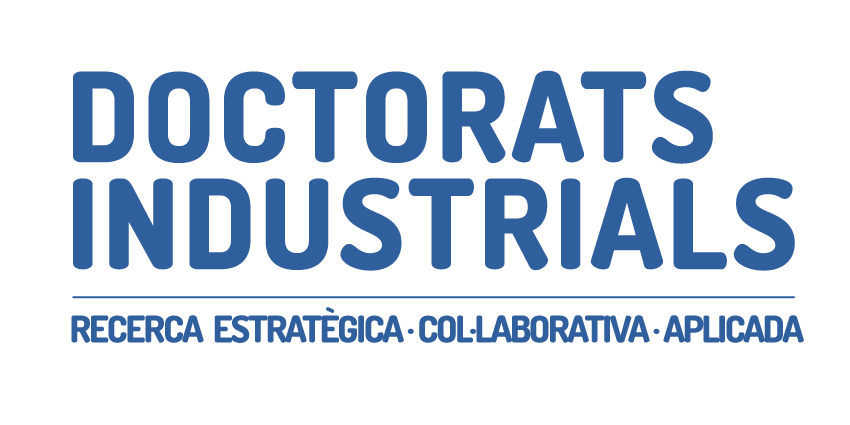Descripció del projecte
In recent years, urban, intercity, and high-speed trains have been introduced in many cities as a solution to urban traffic congestion and the resulting increase in demand for public transportation. Nowadays, there is a shift at national and global levels in which investment in rail transport takes precedence over other transportation options, in a strong attempt to drastically reduce CO2 emissions. Also, considering the imbalances in the demographic distribution observed, with a strong trend of concentration of the world population in urban areas, the management of urban mega centres, their mobility and the need to combat climate change are the major challenges of society, properly addressed in the 2030 Agenda for sustainable development of the United Nations. The achievement of such objectives is strongly conditioned by the implementation, improvement, and expansion of new railway projects, within metropolitan areas and, also, for the interconnection between urban agglomerations. Currently, there is a demand for large investments in the railway sector across Europe. However, the expansion and improvement of the railway network requires from the technical community to assess the environmental impact of the exploitation of railway infrastructures in the surroundings, especially in terms of the annoyance caused by railway-induced vibrations in the inhabitants living in nearby buildings. This impact is of special importance in fully urban railway projects which are normally implemented in the underground space, putting the ground-borne noise and vibration as the major source of annoyance.
In underground railway infrastructures, which are now the preferred solution in urban environments, the primary concern for residents is the vibrations that propagate through the surrounding ground into nearby buildings. These vibrations can be perceived directly as vibrations or indirectly as re-radiated noise by the inhabitants. Ground-borne noise and vibrations induced by railway traffic can lead to severe annoyance among residents of surrounding buildings, disrupt the functioning of sensitive equipment, or even damage ancient constructions. Consequently, local authorities have established corresponding limits for noise and vibration levels. To assess compliance with these noise and vibration limits, efficient prediction tools are essential. These tools should have the flexibility to accommodate various types of railway infrastructures, railway vehicles, soils, buildings, and facilities, all while minimizing engineering costs and computational time.
Thus, prediction and control of ground-borne noise and vibration is one of the largest environmental challenges for the railway exploitation in urban areas. In this way, both AV Enginyers and CATMech are looking for the development of a user-friendly software for the prediction of ground-borne vibration levels in nearby buildings, specially indicated for an environmental impact assessment phase of new/upgraded railway projects. The software consists of a GIS (Geographical Information Systems) web-based platform powered by a cloud computing calculation engine. The expected output of the software is a map of predicted noise and vibration levels in all buildings, facilities and even ground surface surrounding the new/upgraded railway infrastructure. Thus, the use of this software in an early stage of the design process would allow the delimitation of cases that require a deeper analysis, using advanced numerical models, and of those that can be immediately discarded, with all the benefits associated.
Thus, the big picture of this project is associated with the development of an integrated user-friendly framework combining prediction tool with a web-based GIS platform in order to easily identify the critical regions along the railway corridor and to almost instantaneously perform scoping analysis. Due to the huge amount of simulations cases required in large scale simulation that involves multiples building affected by a railway line that circulated along an heterogeneous ground, one of the main objectives is the development of a calculation engine capable to deal with such problems. This industrial doctorate proposal is aligned with this main research aim. Thus, the research objective are:
i) To develop an innovative computational tool based on artificial neural networks for the prediction of ground-borne noise and vibrations induced by railway traffic for large-scale simulations. The tool should provide a good balance between flexibility of the input conditions, accuracy and computational speed, being the last the most important aspect. This a major task, due to the amount of cases to be simulated in large-scale railway problem. The introduction of artificial intelligence on the simulations is proposed to significantly alleviate the required computational resources, towards feasible large-scale railway-induced vibration simulations.
ii) To improve the scientific and technical competences of the railway community for dealing with problems concerning the prediction and control of ground-borne noise and vibrations induced by railway traffic, especially on computational modeling;
iii) Develop an enhanced standard tabulated model, with the help of the new tool, that could overcome the limitations of the so-called FTA (tabulated prediction system of the Federal Railroad Administration of the United States) and could result on a proposal for international standard;
iv) Contribute to the establishment of “Good Practices” in order to guarantee the comfort of inhabitants of the buildings nearby railway lines;



